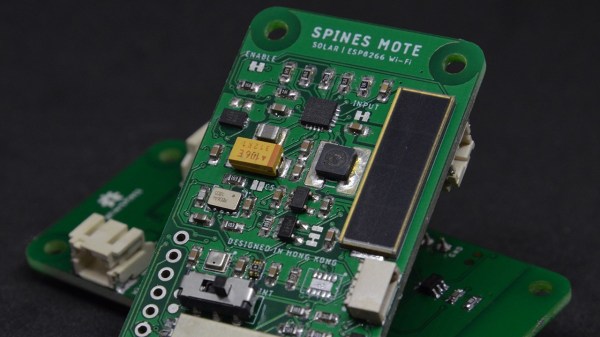Radio waves are received on antennas, for which when the signal in question comes over a long distance a big reflector is needed. When the reception distance is literally astronomical, the reflector has to be pretty darn big. [The Thought Emporium] wants to pick up signals from distant satellites, the moon, and hopefully a pulsar. On the scale of home-built amateur radio, this will be a monstrous antenna. The video also follows the break.
In hacker fashion, the project is built on a budget, so all the parts are direct from a hardware store, and the tools are already in your toolbox or hackerspace. Electrical conduit, chicken wire, PVC pipes, wood blocks, and screws make up most of the structure so put away your crazy links to Chinese distributors unless you need an SDR. The form of the antenna is the crucial thing, and the shape is three perpendicular panels as seen in the image and video. The construction in the video is just a suggestion, but it doesn’t involve welding, so that opens it to even more amateurs.
Even if you are not trying to receive a pulsar’s signature, we have hacks galore for radios and antennas.
Continue reading “The Biggest Corner Antenna We’ve Ever Seen”






















